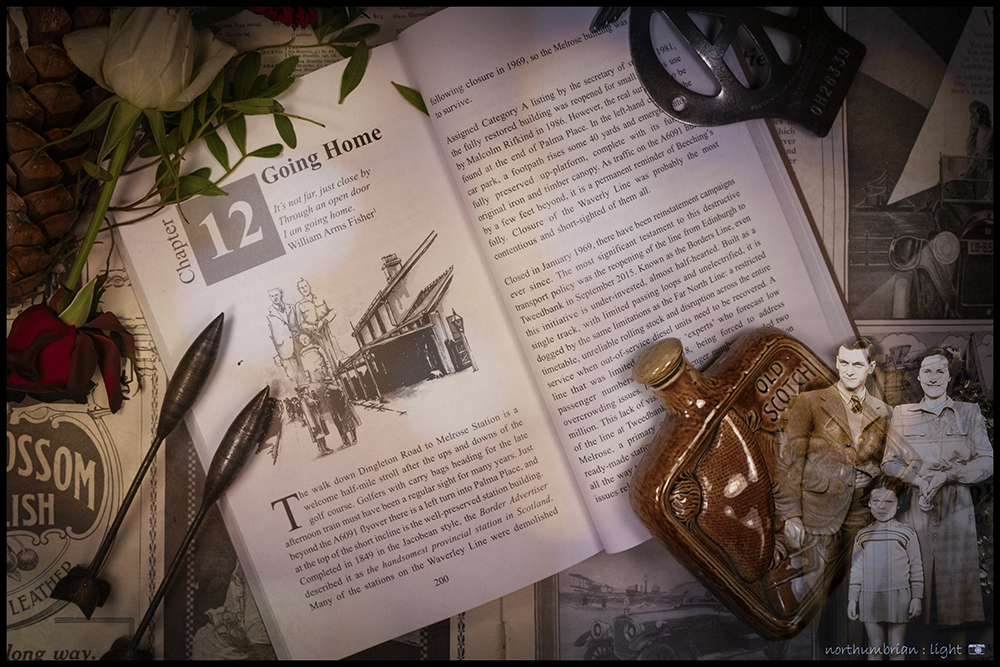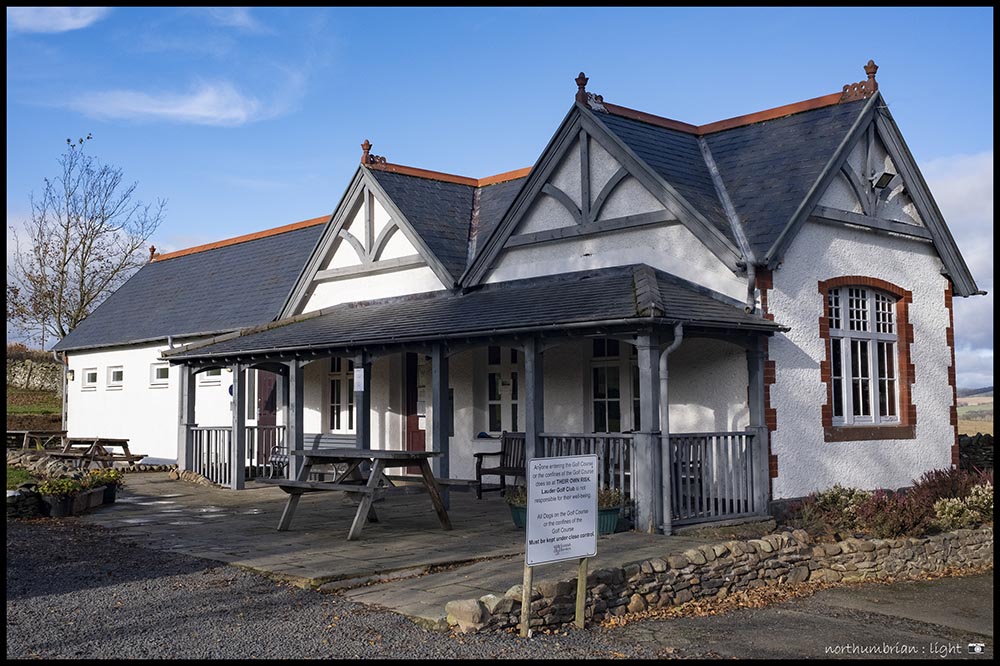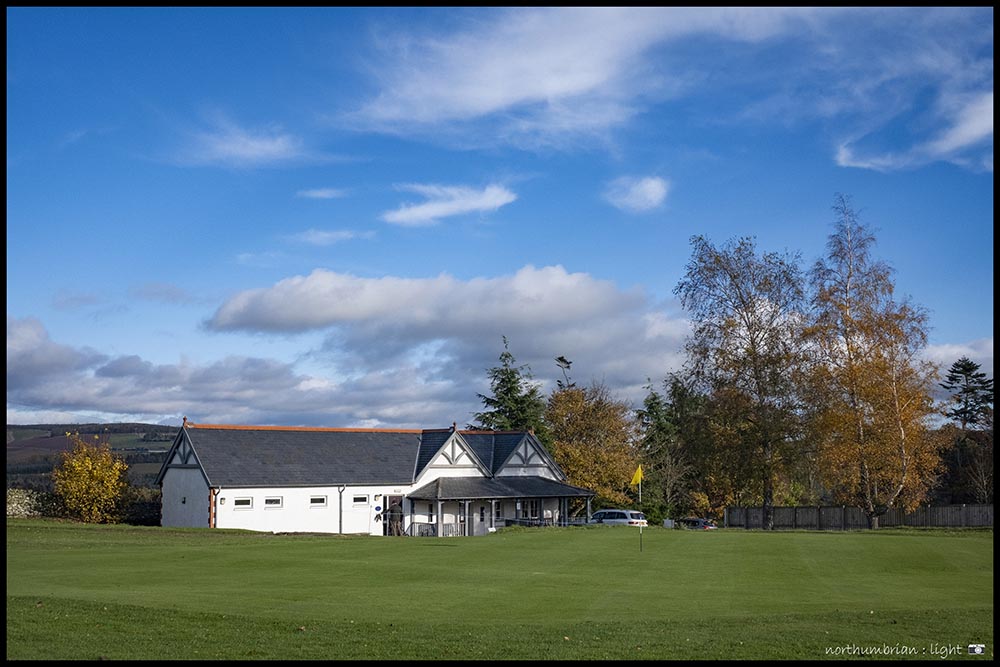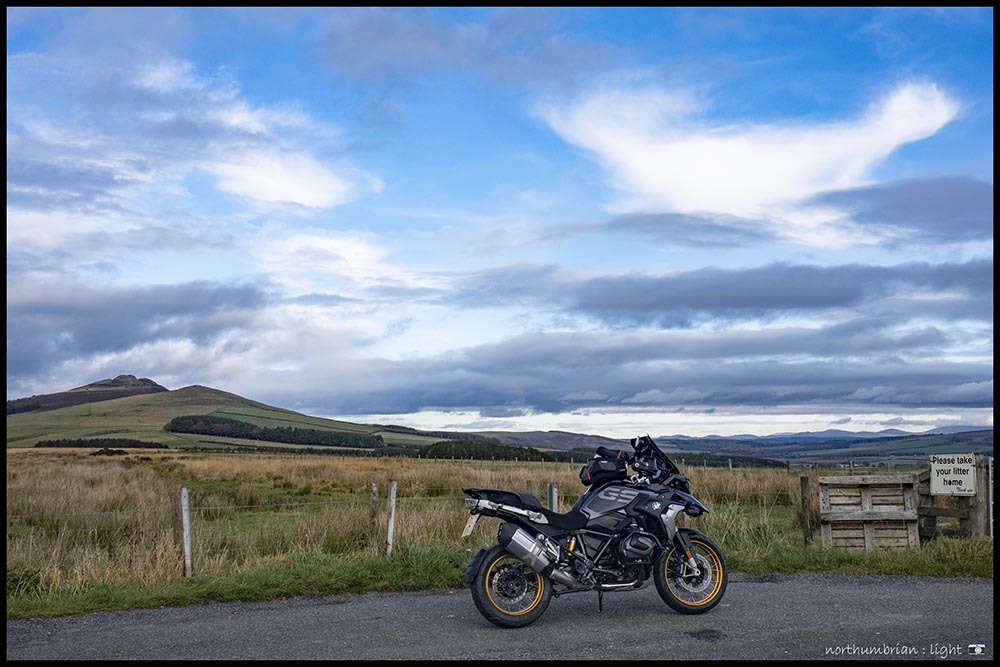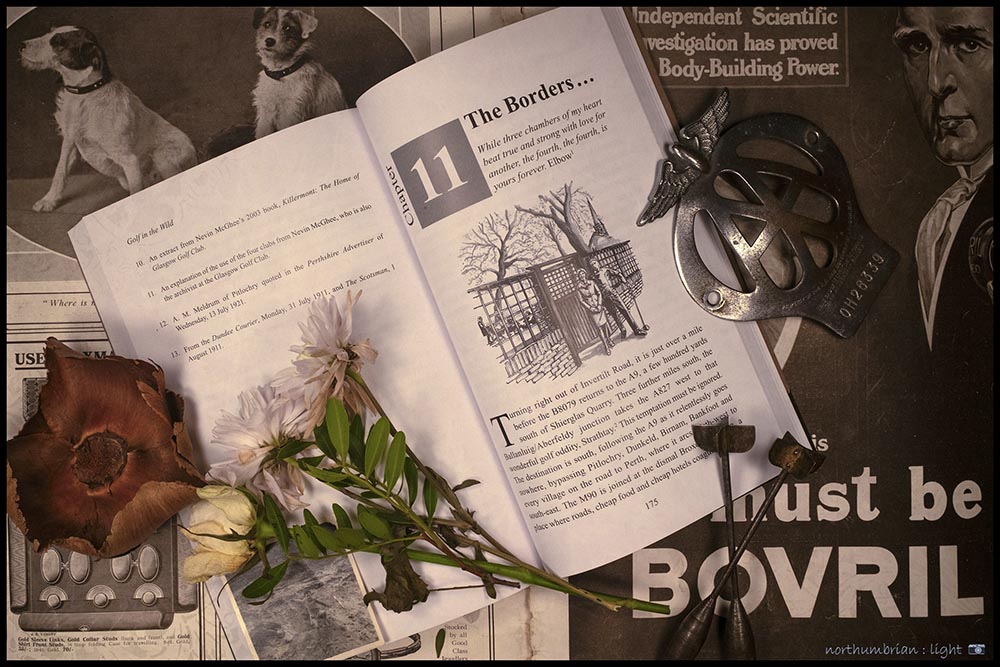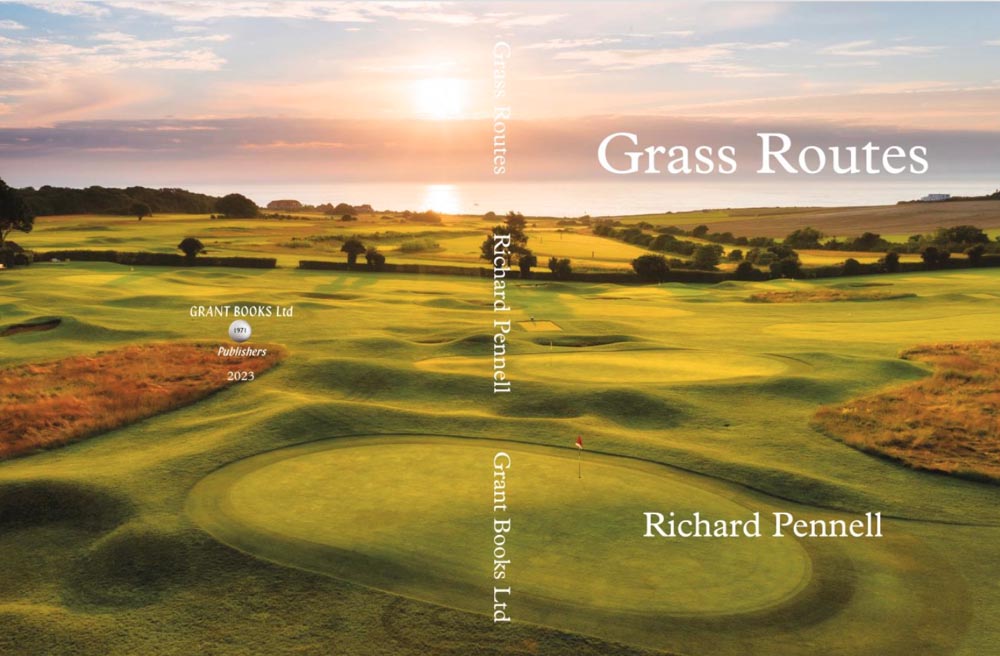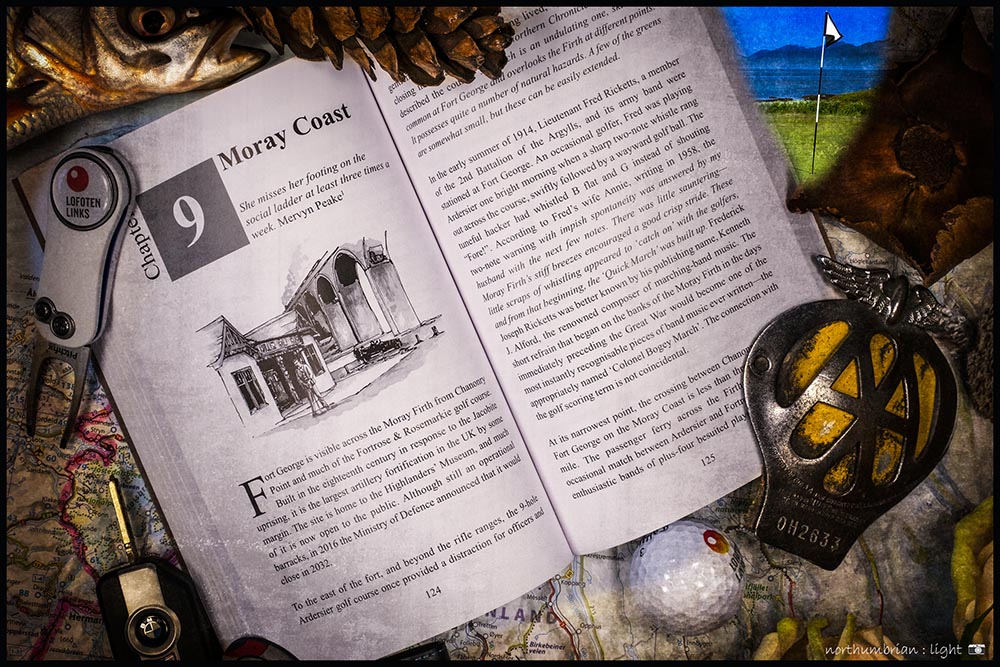Better scribes than I have written about Woking, infinitely better golfers have walked its fairways. Richard wins on both counts, but I made a promise – Mike and Jeff, on a golf tour from the U.S. requested some words and pictures to celebrate our annual get-together, so here it is …
Nothing in my early education prepared me for what came next. An all-boys prep school taught me that the world was a safe and welcoming place. An all-boys grammar taught me the reverse. No encouragement and too often an unkind word, I retreated and became the outsider. As if to taunt, and against all odds, Altrincham Grammar School for Boys retains its single sex, grammar status which, in defiance of its description, proudly boasts its equality and diversity credentials. The green blazer also survives, no less unattractive than the Augusta equivalent. Despite the sartorial similarities, golf never appeared on the curriculum. Might this have saved me? Might I have found myself at an earlier age? Might I have avoided life’s many pitfalls by diversion? – no temptations to avoid, I would simply have been on the golf course.
Some clubhouses share the atmosphere of an all-boys grammar but not so Woking. The green and white exterior echoes the sports pavilions of my youth – bay windows with arched tops, the porticoed veranda, the modest clock tower, counting down the minutes of this too short life. Inside it is hushed tones, historical hallways, gentle laughter and Bernard Darwin, forever surveying the dining room.
Despite the architectural associations and some aspects reminiscent of an academic institution, this is a welcoming place – in the words of Darwin, ‘…the best and pleasantest place to play golf that I have ever known.’ The full car park and the brimming fairways suggest that others agree. It is an oasis in a suburban jungle.
I am here at the invitation of two golfing friends from the U.S. – Mike and Jeff – and in the company of fellow golf writer, Richard. Inevitably this becomes a U.K. versus U.S. match, although those from this scepter’d isle are probably less committed to the competition than their American cousins. We gathered at the flagpole to make our preparations – others stretched and practised swings, I fiddled with my camera.
Woking is primarily a 2-ball course, and the proposal to play foursomes comes with some relief, the prospect of a lone challenge would have been daunting. Partnered with Richard, who is not only capable but knows this heathland well, I hid my incompetence in his shadow. We played to Sunningdale Rules as opposed to Colonel Dallmeyer’s as preferred at Muirfield, another 2-ball course – This is how all golf should be played. ‘And, if it be retorted that a player plays twice as many shots in a fourball game as in a Foursome, the Muirfield man would reply – “Play 36 holes in 4 ½ hours and you will get the same number of shots, twice the exercise, far more fun, and you won’t have to wait between shots. Furthermore, you will learn to play better golf.” ‘ – Foreword to G Pottinger’s Muirfield and the Honourable Company. Nicknamed ‘Gorgeous George’ on account of his fondness for “expensive tailoring”, Pottinger was at the Muirfield club when the Fraud Squad arrested him on 22nd June 1973 for his part in the John Poulson corruption case. Some were honourable in name only.
Results at the first few holes were promising for the UK and a premature sense of superiority crept in at the fourth as Jeff pulled his drive into the deep rough. His attention may have been distracted by the commemorative stone – On a rainy day in 1902, John Low and Stuart Paton installed two central fairway bunkers at the 4th hole – hazards that are widely regarded as being the birthplace of strategic course architecture as they ‘punish not just poor shots, but poor risk assessment’. Should you fly the bunkers or play short? Risk the railway line or play left and navigate the green side bunker? A modest driver, I had no such decisions to contemplate and ‘faded’ my shot to the middle of the fairway as a Class 220 Voyager headed north towards Waterloo. This intrusion is no cause for complaint, for without the railway the golf course would not exist.
All development in Woking after 1850 can be attributed to the presence of the railway and, like elsewhere, establishment of golf in an out-of-the-way place was entirely dependent on the proximity of a convenient station. It was the way most golfers travelled … Bernard Darwin 1933 – Country Life … what fun it used to be, in dim ages past, going down to Woking in a slow early train from Waterloo, stampeding down the platform at the other end for a good place on the wagonette, stampeding again up the path to get a good place on the tee. The journey back, too, had its charms, even though the day was a very long one, and it was then that matches were made for the next weekend. Golf was a very sociable game then, or was it only that we were all rather younger and keener and pleasanter people?
Conversations with Mike and Jeff, on and off the course, are always wide ranging – golf, music, Trump, Biden, mortality. Mike has a mature approach to end of life, acutely aware of the numbered days that remain, whereas, I firmly believe, against all prevailing evidence, that life goes on forever. As if to highlight the frailty of this stance, I discover it was not just the living who rode the train to Woking.
During the 1840s, churchyards in London were becoming full. The Burials Act of 1850 prevented creation of further graves in the capital resulting in a significant acreage of the countryside being handed over to the dead. In 1854, 400 acres of land was bought by the London Necropolis Company (LNC), at Brookwood to the west of the golf course, for use as a national cemetery. Coffins were loaded onto a train at the London Necropolis railway station, next to Waterloo and unloaded at Woking where a branch line and two stations were built within the cemetery grounds – the North Station for non-conformists and the South Station for Anglicans. The LNC offered three classes of funeral – first, second and third, but regardless of status or religion, no return tickets were issued to the dead.
*
Playing foursomes, we had no difficulty keeping up with the two-ball and buggy in front. They did not move quickly. One was wearing a salmon pink polo shirt which, from a distance, created the impression he was playing topless. Being well endowed, this was disconcerting and a little confusing. There should be a specific dress code to cover this situation and not just on the golf course.
Nevertheless, this unsightly intrusion cannot be attributed to the fragility of my game. I held things together until around the 12th but thereafter, the mask slipped. In a final act of incompetence, my drive off the last headed out of bounds to the right but was saved from ignominy by a drainage puddle. Richard relished the prospect of a testing iron to the green – I suspect I have shown him parts of the course he has never visited before. He duly delivered just short of the bunkers, and then I scuffed my wedge into the sand. Never apologise in foursomes but there are no rules regarding a head hanging in shame. By contrast, the U.S. missed their birdie putt by a fraction. The 4&2 result was a fair reflection of our combined talents – Richard being dragged down to my level.

Golf is not a funeral, though both can be very sad affairs – Bernard Darwin. I was sad that the round had ended but not saddened by the result and I know Richard was of the same mindset. We were there for the occasion, the joy of hitting golf balls between the tall pines, the conversation and the company. I meet my American friends but once a year. I intend to do this forever, even when issued my second-class single to Woking.




